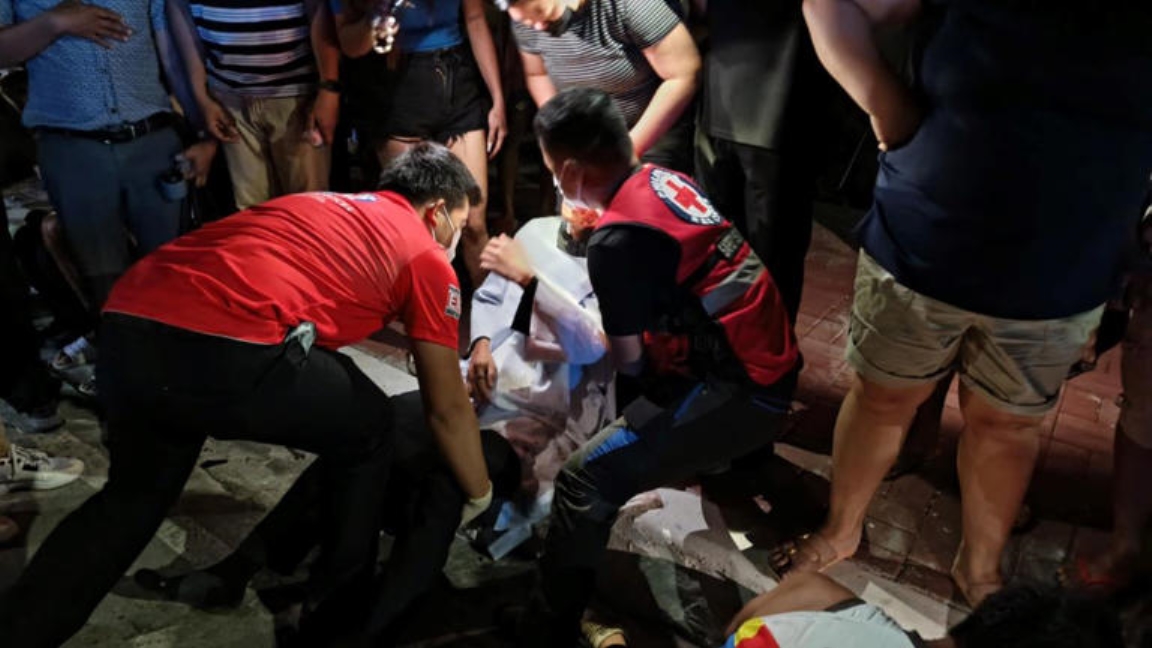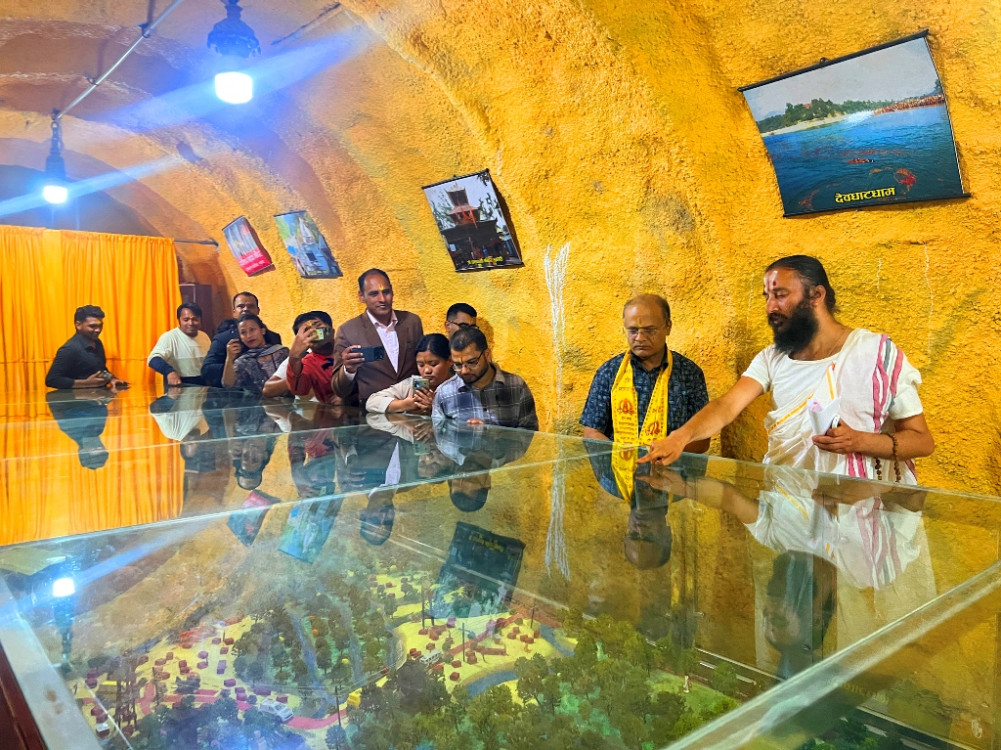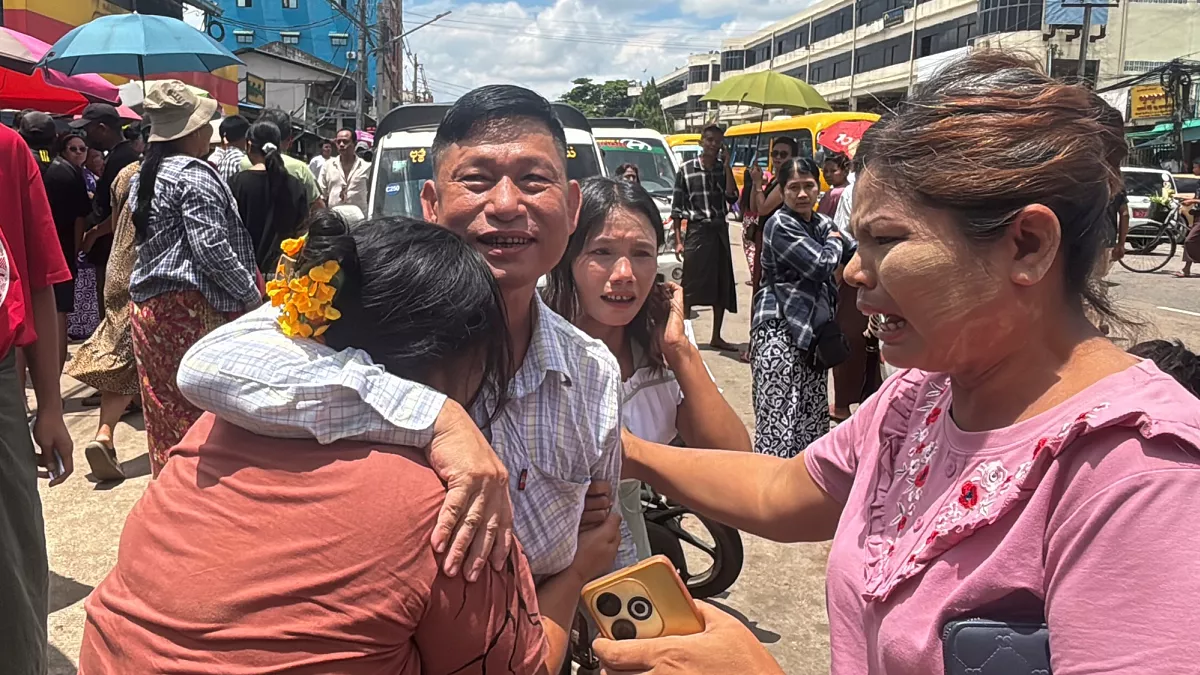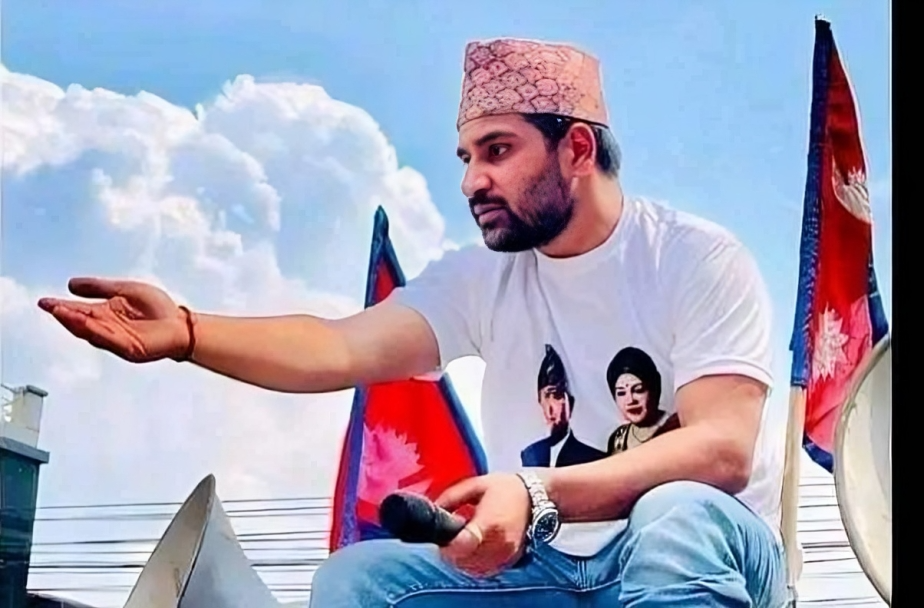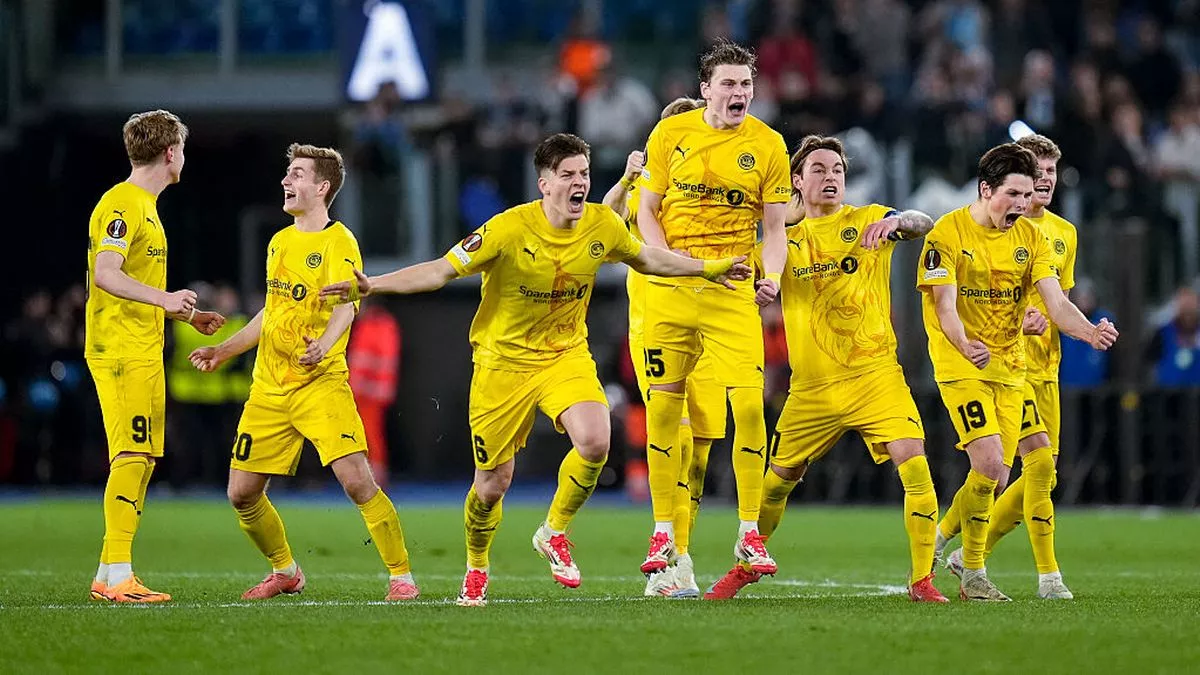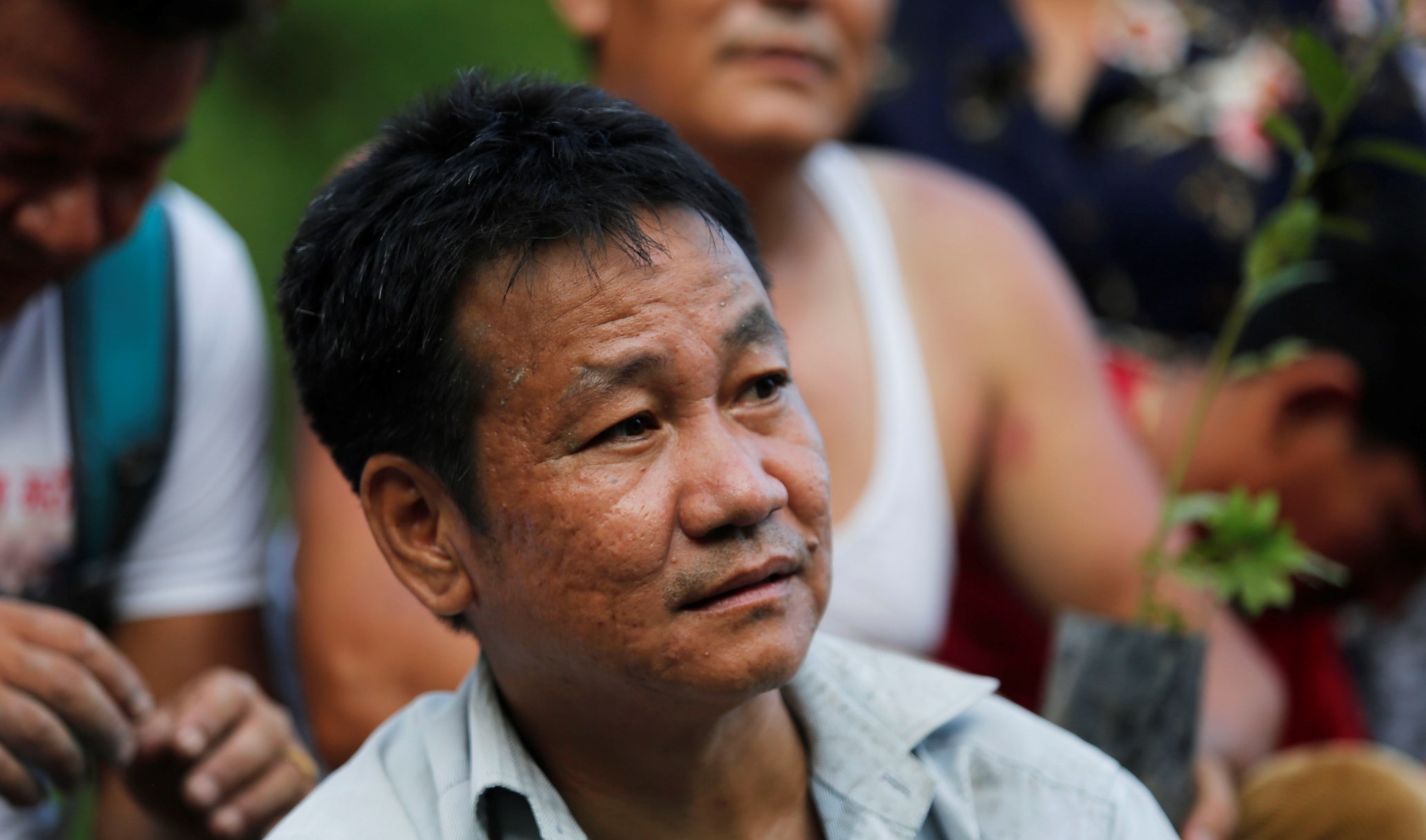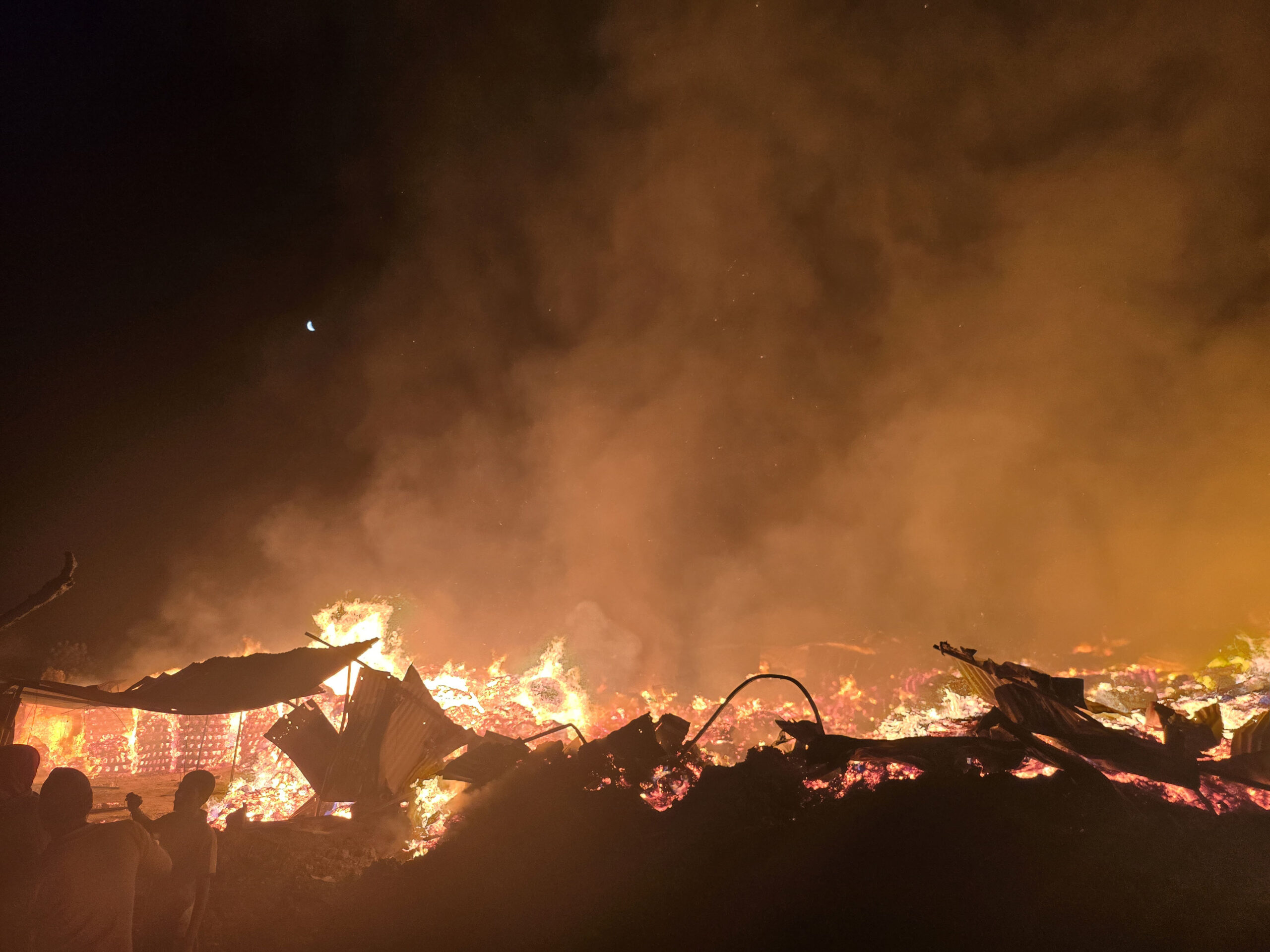Wheelchair-bound Budhathoki shows path to make Nepal an accessible tourism destination
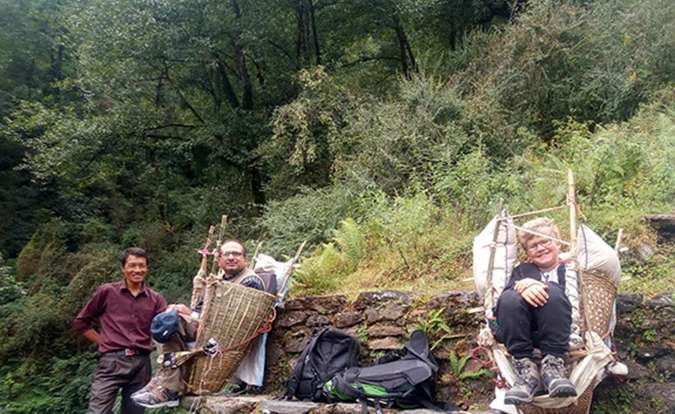
ITAHARI: AUGUST 11 – Gajendra Budhathoki made headlines in recent weeks. It was a story of a Nepal-based Coca-Cola Company threatening him for his investigative tax avoidance stories of the company in Takshar, an economic magazine. It came into the public domain that the company had made a formal decision to attack Budhathoki in collaboration with some of its trade union leaders.
Noted economic journalist Budhathoki has been awarded various journalistic awards and accolades. He has obtained the Nepal Press Institute prize in 1996 BS. In 2004 AD, he got the ‘Development Asia Journalism’ Award from Asian Development Bank Institute. Again, in 2073 BS, he was honoured by the Nepal government with National Journalism Award. He has numerous honours, medals and awards to his credit.
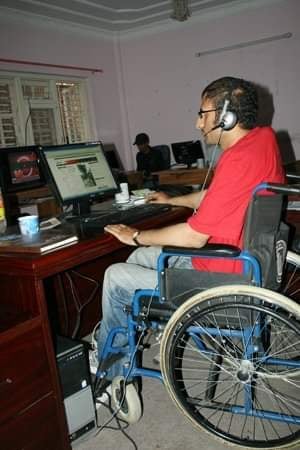 He has authored some noted books, including ’20 Years of Economic Linearization’, ‘Contemporary Nepalese Economy’ and ‘Corona Impact in Economy’. He is also Nepal’s first wheelchair-bound news editor. He was compelled to be wheelchair-bound after he met with a road mishap on 24 September 2008. It has been almost 13 years since he has been wheelchair-bound.
He has authored some noted books, including ’20 Years of Economic Linearization’, ‘Contemporary Nepalese Economy’ and ‘Corona Impact in Economy’. He is also Nepal’s first wheelchair-bound news editor. He was compelled to be wheelchair-bound after he met with a road mishap on 24 September 2008. It has been almost 13 years since he has been wheelchair-bound.
He is also part of a soon-to-be-released survey on accessible tourism titled ‘A Survey on Accessibility for Persons with Disabilities in Nepal’s Hotels.’ The accessible hotel’s survey report was prepared by IFC, in partnership with the Society of Economic Journalists — Nepal (SEJON) and the National Federation of the Disabled—Nepal (NFDN). The survey was carried out in the months of February and March of 2021 covering 85 hotels across the country.
Of late, he has been an activist and researcher of accessible tourism. ”I was a part of Nepal’s accessible tourism-related committee formed by the then Minister of Tourism and Civil Aviation Rabindra Adhikari”, said Budhathoki, ”However, Adhikari breathed his last in a helicopter accident in Taplejung. After his demise, this committee was not functional as expected.”
In the autumn trekking season of 2016, Budhathoki became Nepal’s first wheelchair-bound trekker in Nepal’s famous Annapurna Base Camp (ABC) trek. ”I was not thinking about the trek but my fellow journalist friend from France Dadi Sapkota approached me with this beautiful trekking plan”, shared Budhathoki, ”I okayed the plan after Sapkota assured me of all possible support.” Budhathoki was in the trek together with a physically challenged 11-year-old boy from Switzerland. The boy was suffered from Cerebral Palsy. Budhathoki is troubled by spinal cord injury.
The name of the trek was given ‘Doko Trek’ as Budhakothi and his fellow Swiss boy would be carried on a Doko (traditional Nepalese bamboo basket) in places where a wheelchair would not ply. Budhathoki, his 13-year-old son Suyog and the trekking team moved for the Doko Trek on 19 October 2016 from Kathmandu. They flew to Pokhara and drove for an hour. From Kimche, their Doko Trek started. Krishna Lama, Bharat Thapa and Ramesh Bhandari were youths to carry Budhathoki on Doko. The 10-day-long Doko Trek was once in a lifetime experience of Budhathoki.
”Doko Trek boosted me morally. Because previously I had thought that I would not travel easily as I had to panic a lot when I went to Udayapur for performing the last rites of my mother some ten months ago”, said Budhathoki.

Interestingly, just after a year, the United Nations 70th General Assembly declared the year 20117 as the ‘International Year of Sustainable Tourism for Development. This UN-designated tourism year had talked about accessible tourism which Budhathoki has already experienced firsthand.
”When I was a part of Nepal’s first Doko Trek, there were not many talks about accessible tourism”, shared Budhathoki, ”However, just after a year of my trek, coincidently even UN inspired all stakeholders to talk and act on the accessible tourism which gave me an immense pleasure”.
In 2018 then tourism minister Rabindra Adhikari inaugurated the 3-kilometre-long Nepal’s first trek trail in Pokhara. The trail starts from Kaskikot and ends in Naundanda. The trail was designed for travellers coming in the vehicle from Pokhara to Sharangkot for sunrise and again in vehicles from Sharangkot to Kaskikot in the vehicle. ‘The lunchtime trek trail’ was also an impact of Budhathoki’s Doko Trek and UN’s move for sustainable tourism programs.
It has already been half a decade since Budhathoki’s Doko Trek and still not much has been happened in the accessible tourism sector in Nepal. ”We could do much better in accessible tourism. But, the problem is that we have big talks and low or no outputs”, rued Budhathoki. Budhathoki said not just on part of the government but also on part of the public, there is too little action for accessible tourism.

”Our public infrastructures like roads, public toilets, shopping malls, public building, among others, none of them are accessible for physically challenged citizens”, Budgathoki continued, ”Even governmental infrastructures for public service are also not accessible.”
Budhathoki cites World Health Organization’s data that there are one billion people in the world with some sort of disability and says the spending of physically challenged travellers are almost one and half times higher than general travellers. For this, Budhathoki says, accessible tourism is not just the responsibility of stakeholders but also the scope of new businesses.
Budhathoki said accessible Nepal is not a matter of overnight but can be initiated from some pilot projects. ”Nepal can initiate making accessible tourism places from Chitwan National Park, Parsa National Park, Pokhara and some tourist-heavy places”, Budhathoki said. He added, ”First few pilot projects can be designed in a way to ensure that people of all forms of disabilities can travel free from any barriers.’ Other deserving places can follow suit afterwards.’
-Birat Anupam/RSS



